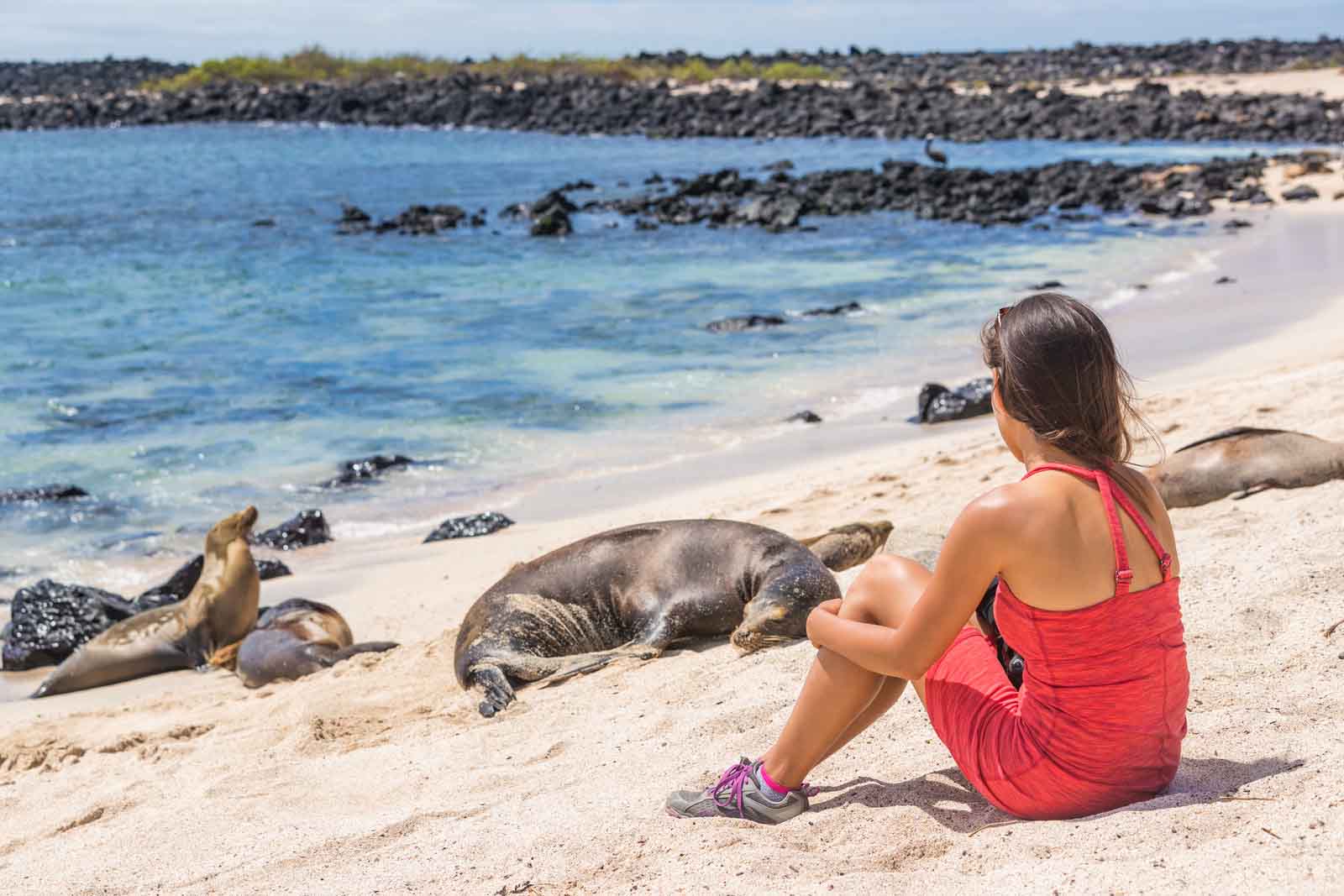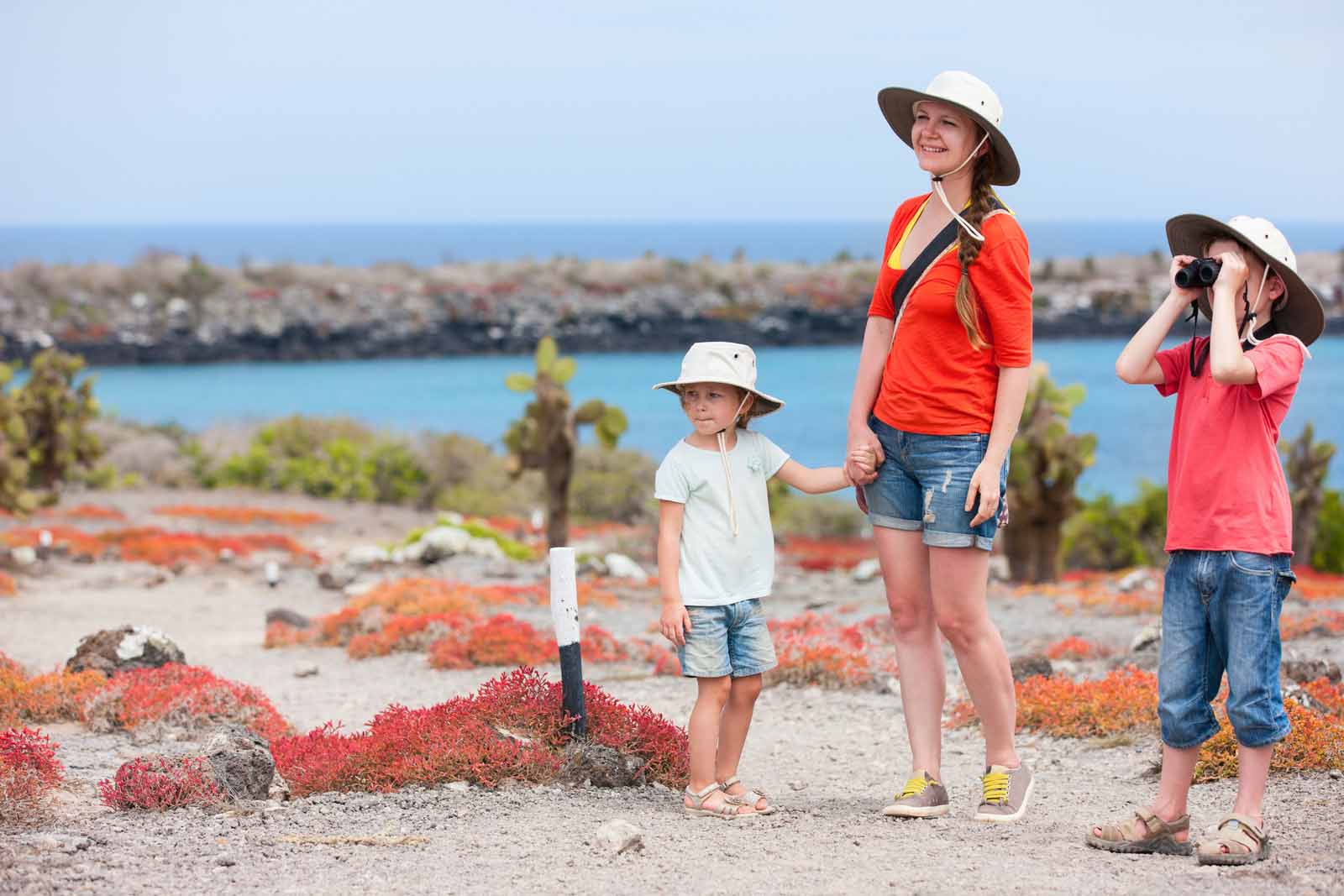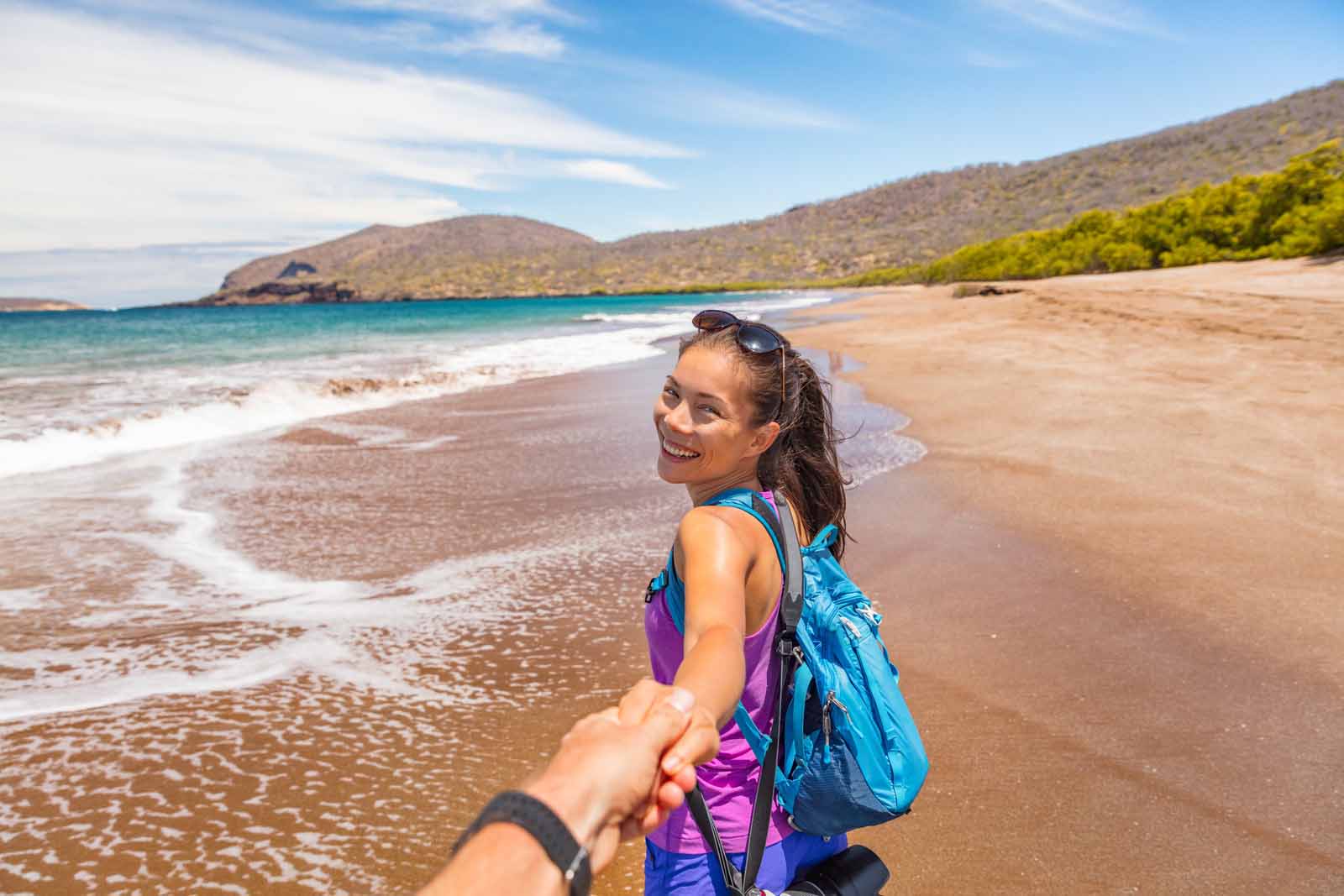
What to Wear in Galapagos: The Ultimate Clothing Guide | Travel Blog
Want to know what to wear in Galapagos?
When embarking on an adventure to the magnificent Galapagos Islands, knowing what to wear is essential for a comfortable and enjoyable experience. The unique climate and diverse activities require careful consideration of your wardrobe choices.
In this comprehensive clothing guide, we will provide you with 20 valuable tips on what to wear in Galapagos, ensuring you're well-prepared for your unforgettable journey.
Table of contents
- What to wear in Galapagos?
- Light and breathable fabrics
- Quick-drying clothing
- Long-sleeved shirts and pants
- Sun hats
- Comfortable walking shoes
- Sandals or water shoes
- Light jacket or sweater
- Swimsuit and rash guard
- Waterproof outer layer
- Hat with chin strap
- UV-protective sunglasses
- Swim cover-up
- Lightweight rain gear
- Layering options
- Breathable socks
- Swimwear cover-up
- Insect-repellent clothing
- Lightweight backpack
- Moisture-wicking undergarments
- Respectful attire
- Frequently asked questions about what to wear in Galapagos
- What type of shoes should I pack for my Galapagos trip?
- Is it necessary to bring insect-repellent clothing?
- What kind of clothing is suitable for the Galapagos Islands' climate?
- Should I bring a rain jacket or poncho?
- Are there any dress code considerations when visiting towns or communities in the Galapagos Islands?
- Conclusion: what to wear in Galapagos
What to wear in Galapagos?
Let's dive into the fascinating world of Galapagos and explore what to wear in this enchanting archipelago. From lightweight and breathable fabrics to protective accessories, the right clothing choices can make your Galapagos adventure even more enjoyable.
In this guide, we'll delve into the essential wardrobe tips and advice to ensure you're dressed appropriately for the diverse climate and exciting activities that await you.
Light and breathable fabrics
Opt for lightweight and breathable fabrics like cotton, linen, and moisture-wicking materials to stay cool in the tropical climate. These fabrics allow air circulation and help regulate body temperature, especially during outdoor activities.
Quick-drying clothing
Choose quick-drying clothes, such as shorts, t-shirts, and swimwear, to handle the occasional rain showers or water activities. Quick-drying fabrics ensure you stay comfortable and prevent prolonged dampness.

Long-sleeved shirts and pants
Pack a few long-sleeved shirts and pants to protect yourself from the sun, especially during hikes or visits to the highlands. Look for garments made from lightweight and sun-protective materials.
Sun hats
Shield yourself from the intense equatorial sun with a wide-brimmed hat. This accessory not only protects your face and neck but also adds a stylish touch to your outfit.
Comfortable walking shoes
Invest in a pair of comfortable walking shoes or hiking boots to navigate the Galapagos Islands' diverse terrains. Choose shoes with good traction, ankle support, and breathable features for optimal comfort during long walks and hikes.
Sandals or water shoes
Bring a pair of sandals or water shoes for beach visits and water activities. Look for waterproof and slip-resistant options that can withstand wet conditions and provide comfort on sandy shores.
Light jacket or sweater
Evenings and higher elevations in the Galapagos Islands can get cooler. Pack a light jacket or sweater to keep you warm during breezy nights or when exploring the highlands.
Swimsuit and rash guard
Don't forget to pack a swimsuit for snorkeling, swimming, or simply enjoying the beautiful beaches. Consider bringing a rash guard or a long-sleeved swim shirt for extra sun protection, especially for water activities.
Waterproof outer layer
Carry a waterproof jacket or poncho to stay dry during unexpected rain showers or boat rides. This will help you stay comfortable and enjoy your outdoor activities regardless of the weather.
Hat with chin strap
If you plan on taking boat trips or engaging in water-based activities, wearing a hat with a chin strap will ensure it stays secure even in windy conditions.

UV-protective sunglasses
Protect your eyes from the intense UV rays of the sun by wearing sunglasses with UV protection. Polarized lenses are recommended for reducing glare and enhancing visibility in the water.
Swim cover-up
A swim cover-up or sarong is useful for transitioning from beach activities to exploring nearby towns or restaurants. It provides modesty and protects your skin from the sun while offering a stylish beachwear option.
Lightweight rain gear
Carry a lightweight rain poncho or waterproof packable jacket as a precautionary measure, especially during the wetter months. This will keep you dry and comfortable without adding extra bulk to your luggage.
Layering options
Layering is key in the Galapagos, as temperatures can vary throughout the day. Bring a mix of short and long-sleeved shirts, along with lightweight sweaters or cardigans, to adapt to changing weather conditions.
Breathable socks
Choose breathable and moisture-wicking socks for your outdoor adventures. These socks will keep your feet dry and comfortable, reducingthe risk of blisters and discomfort during long walks or hikes.
Swimwear cover-up
Pack a swimwear cover-up or beach dress for added versatility and convenience. It can double as casual attire for exploring towns or relaxing on the beach, providing you with a stylish and practical option.
Insect-repellent clothing
Consider investing in insect-repellent clothing or treating your clothes with insect repellent before your trip. This provides an extra layer of protection against mosquitoes and other biting insects that may be present in certain areas.
Lightweight backpack
Carry a lightweight backpack to store your essentials during day trips and excursions. It should be spacious enough to hold your water bottle, sunscreen, camera, and other items while keeping your hands free.

Moisture-wicking undergarments
Choose moisture-wicking undergarments, such as underwear and sports bras, to stay comfortable and dry throughout the day. These specialized fabrics draw moisture away from your skin, reducing the chance of chafing and discomfort.
Respectful attire
Lastly, when visiting towns or local communities in the Galapagos Islands, dress respectfully and modestly. Opt for clothing that covers your shoulders and knees as a sign of cultural sensitivity and appreciation.
Frequently asked questions about what to wear in Galapagos
What type of shoes should I pack for my Galapagos trip?
It is recommended to pack a pair of comfortable walking shoes or hiking boots for exploring the islands' diverse terrain. Opt for shoes with good traction and support to ensure a comfortable experience.
Is it necessary to bring insect-repellent clothing?
While it is not necessary, it can be helpful to pack insect-repellent clothing or treat your clothes with insect repellent. This provides an extra layer of protection against mosquitoes and other biting insects, especially during hikes or visits to the highlands.
What kind of clothing is suitable for the Galapagos Islands' climate?
Lightweight and breathable clothing made from fabrics like cotton, linen, and moisture-wicking materials are ideal for the Galapagos climate. Pack shorts, t-shirts, swimsuits, and lightweight layers for variable temperatures throughout the day.
Should I bring a rain jacket or poncho?
Yes, it is advisable to pack a lightweight rain jacket or poncho to stay dry during unexpected rain showers or boat rides. This will ensure your comfort and enjoyment, regardless of the weather conditions.
Are there any dress code considerations when visiting towns or communities in the Galapagos Islands?
When visiting towns or local communities, it is important to dress respectfully and modestly. Opt for clothing that covers your shoulders and knees as a sign of cultural sensitivity and appreciation for the local customs.
Remember to pack according to the specific activities you plan to undertake and the time of year you'll be visiting the Galapagos Islands. Dressing appropriately will contribute to your comfort and enjoyment while respecting the unique environment and local culture.
It is important to respect the environmental regulations and guidelines of the Galapagos Islands. Avoid packing any prohibited items, such as certain food products, plants, or animals, to ensure the preservation of this unique ecosystem.
Conclusion: what to wear in Galapagos
By following this ultimate clothing guide for the Galapagos Islands, you'll be well-prepared for the diverse climate and activities that await you. Remember to pack according to the time of year you're visiting and customize your wardrobe based on your personal preferences and planned adventures.
Dress comfortably, protect yourself from the sun, and embrace the natural wonders of this extraordinary destination. Get ready to make unforgettable memories as you explore the captivating Galapagos Islands in style!
Check Our Galapagos Cruises:




